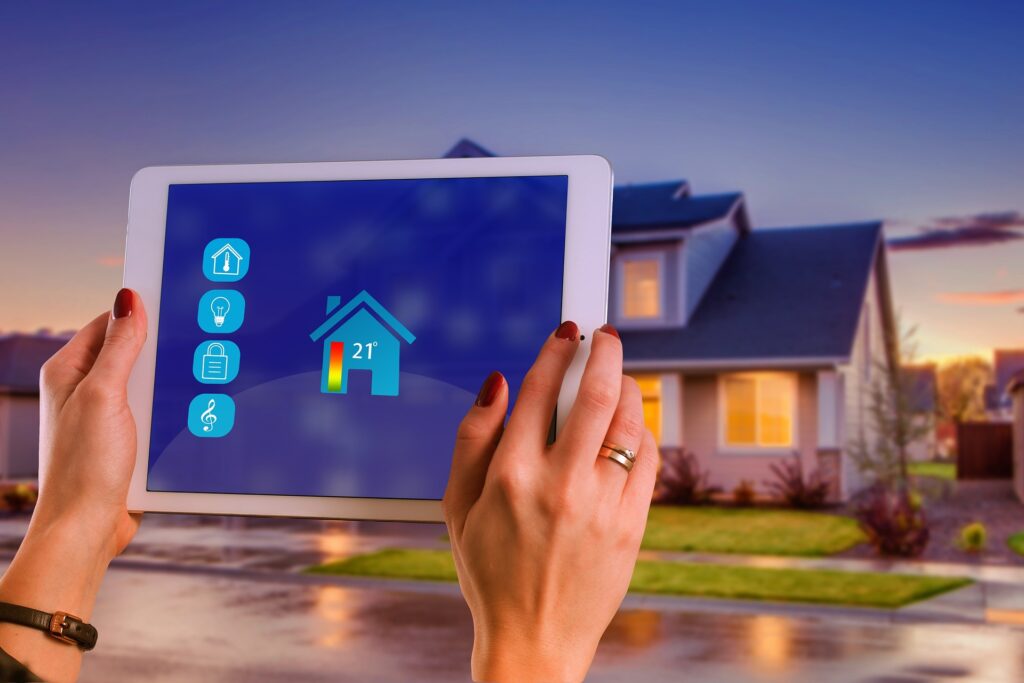Understanding the Risks:
IoT devices are vulnerable to various security threats due to their interconnected nature. As they communicate with each other and with external servers, they create potential entry points for cyber attackers. Common risks include unauthorized access, data breaches, and even the possibility of devices being hijacked for malicious purposes.
Key Security Measures:
- Change Default Credentials: Always change default usernames and passwords on your IoT devices. Default credentials are often known to hackers, making it easier for them to gain unauthorized access.
- Regular Software Updates: Keep your devices’ firmware and software up to date. Manufacturers frequently release updates that address security vulnerabilities and enhance overall device performance.
- Network Segmentation: Separate your IoT devices from your main network if possible. Creating a dedicated network for your smart devices adds an extra layer of security, preventing potential attackers from directly accessing sensitive data.
- Use Strong Encryption: Ensure that your devices and their communication channels use robust encryption protocols. This protects the data transmitted between devices and makes it harder for hackers to intercept or manipulate.
- Firewall Protection: Install and configure a firewall to monitor and control incoming and outgoing traffic. This can prevent unauthorized access and provide an additional barrier against cyber threats.
- Implement Two-Factor Authentication (2FA): Whenever possible, enable two-factor authentication for your IoT devices. This adds an extra layer of security by requiring a second form of verification in addition to passwords.
Best Practices for Individual Devices:
- Smart Cameras:
- Change default login credentials.
- Regularly update firmware.
- Disable unnecessary features like remote access if not needed.
- Smart Thermostats:
- Set strong passwords.
- Enable encryption for temperature data.
- Restrict access to authorized users only.
- Smart Locks:
- Choose locks from reputable manufacturers.
- Regularly check for firmware updates.
- Implement additional physical security measures.
Ongoing Vigilance:
Staying ahead of cybersecurity threats requires ongoing vigilance. Regularly review security settings, update passwords, and stay informed about the latest developments in IoT security. By adopting a proactive approach, you can create a secure smart home environment for you and your family.
Remember, a connected home is a safer home when cybersecurity is prioritized. Stay secure, stay connected!



